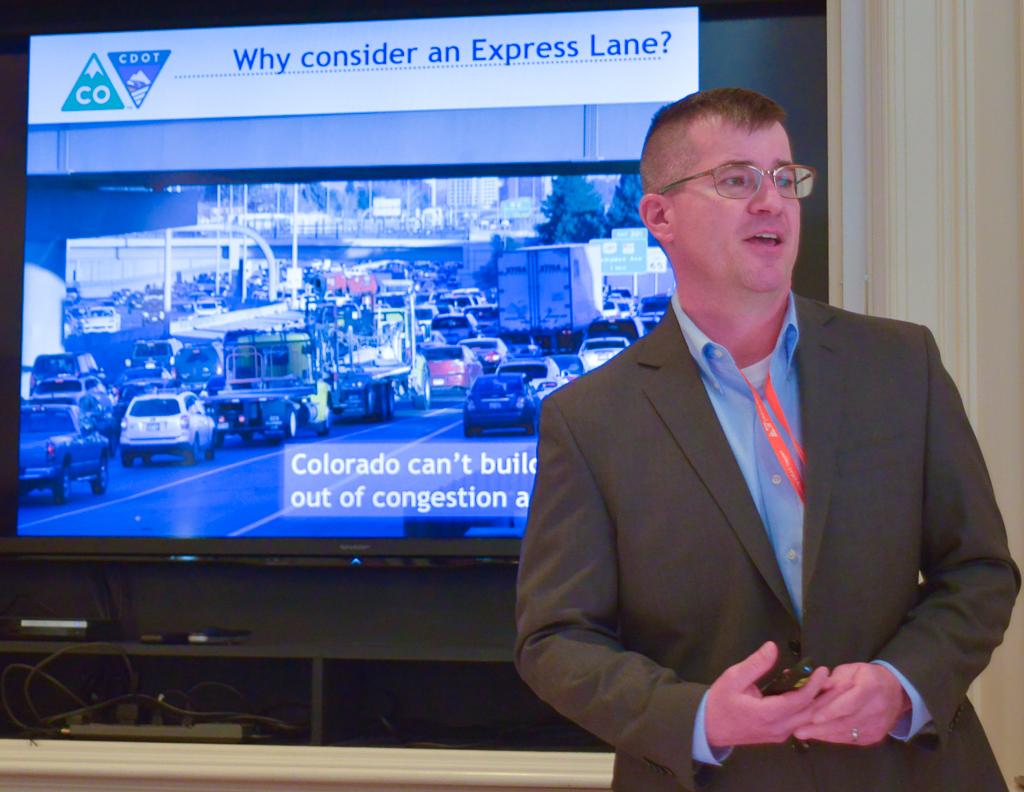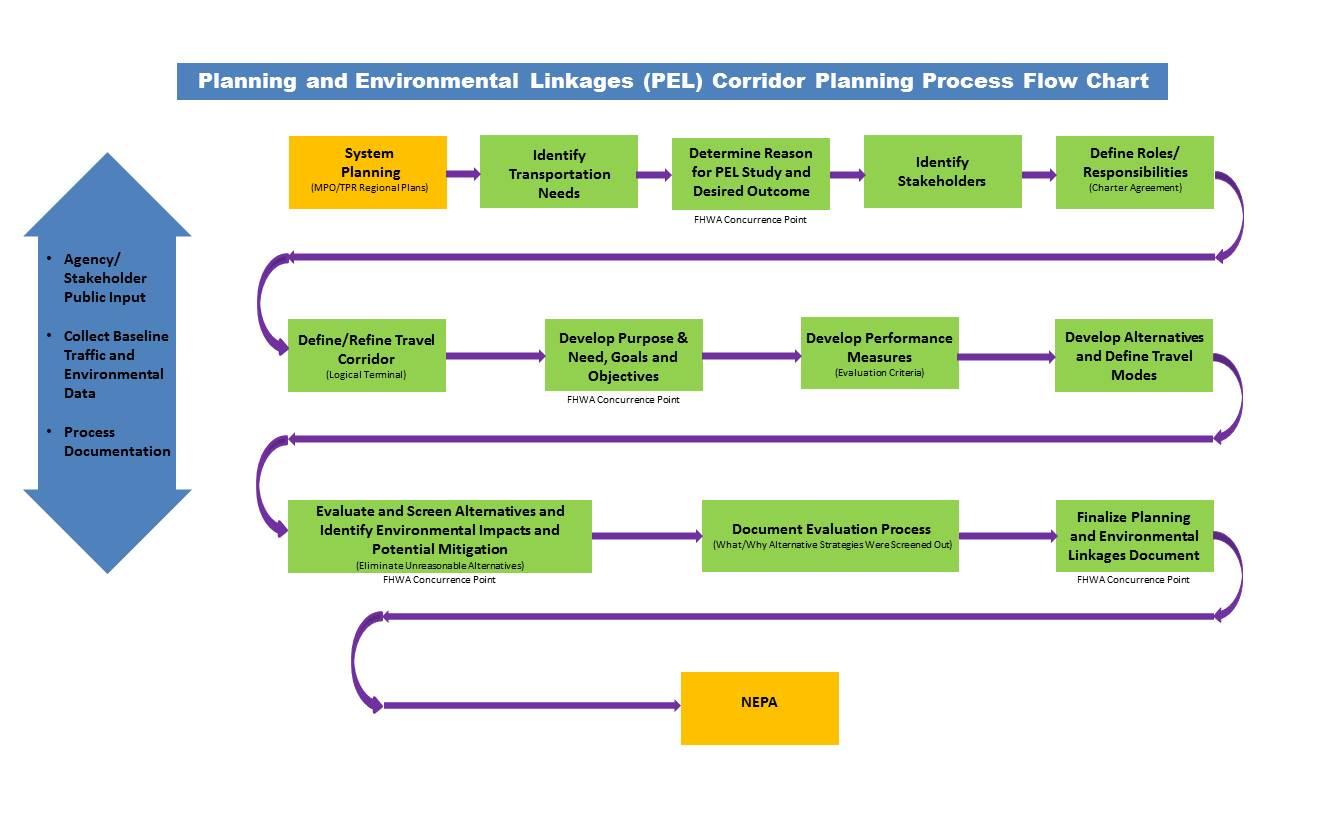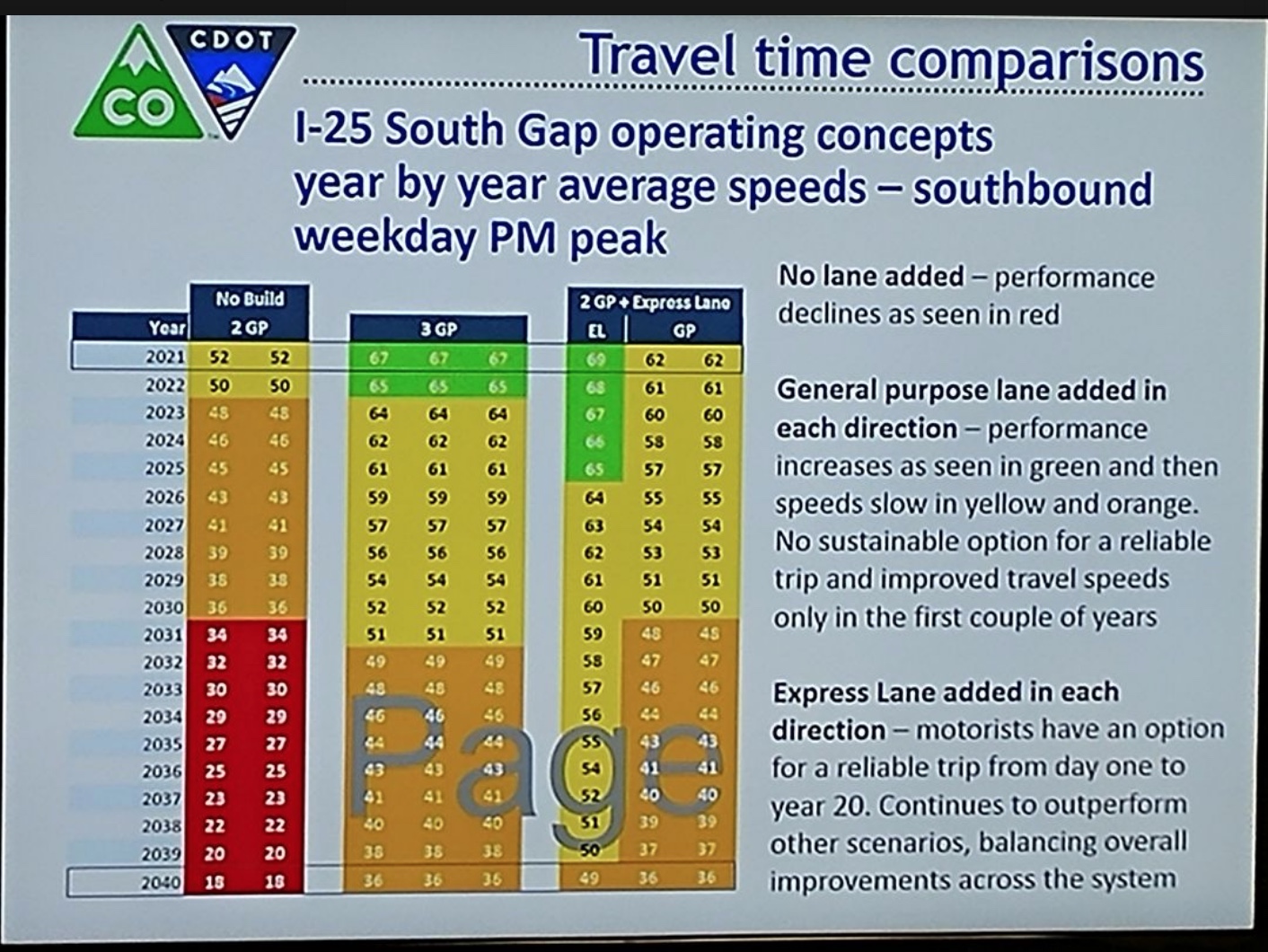The El Paso County Board of County Commissioners (BOCC) will host a public meeting in Monument at Lewis-Palmer High School on Saturday, Feb. 24 at 10 a.m. on the I-25 Gap project. Commissioners promised to host meetings after controversy emerged over El Paso County’s sponsorship of a federal highway grant request for $65 million.
In the county’s press release announcing the meeting BOCC President Darryl Glenn said, “We have all received calls and emails from residents who want to come to a meeting to learn more about the project and in particular to share their objections to possible future management of the newly added lanes through the use of tolls, and some of these citizens have told us that they are literally stuck in traffic through the gap area every evening and have been unable to attend the CDOT (Colorado Department of Transportation) evening meetings.”
A Dec. 19 article in the Colorado Springs Gazette critical of Glenn’s signature on the cover letter for the grant, which specified only a toll lane, moved the BOCC to quickly issue a resolution opposing toll lanes on the Gap on Dec. 21.

After the controversy erupted, CDOT added a series of eight public listening sessions and two telephone town halls in the Colorado Springs area. At the meetings CDOT project lead engineer John Hall consistently touted highway safety and the benefits of a toll lane that would “ensure a reliable trip when you need it” while saying that no final decision has been made about how the planned third lane will be used.
Federal officials however say that federal grant policies generally require projects to be built substantially in compliance with the conditions of the grant. This means that without toll managed lanes the $65 million in federal money may not be available.
Citizens who attended the meetings said that they voted to contribute $15 million in county funds to the project but felt betrayed when the toll lane plan was revealed after the vote.
CDOT has fast-tracked the project and wants to break ground by November. Hall says that expanding the highway to four lanes in each direction would “significantly slow down the process” and would require additional environmental review and somewhere around “$100 to $150 million” in additional funds.
At the Feb. 13 CDOT outreach session State Representative Shane Sandridge, (R- Colorado Springs) said, “I am 100 percent against tolls of a third lane.” Sandridge, like many others, wants four lanes in each direction built now. Responding to CDOT claims that adding a fourth lane is not financially feasible Sandridge said, “We have the money, we just need to put it in the right spot.”
Citizens attending the meetings said that it will be far more expensive to build a fourth lane in the future than it is to build four lanes now. They complain that CDOT has ignored the Gap for 60 years and that they are owed at least one new free lane. Hall admitted at the Feb. 13 meeting that one of the motivations for building a toll lane now is federal highway policy saying once a free lane is built it can never be turned into a toll lane.
Hall consistently stated during all of the outreach meetings that the major planning issues are safety, money and time. Widening of both the inside and outside shoulders to 16 to 18 feet as part of adding a third lane and the construction of three bridges and fencing to allow wildlife to cross underneath the highway will substantially improve highway safety by reducing wildlife collisions and giving disabled vehicles a safer place to park. The wide shoulders will also allow better access for emergency vehicles and enable traffic to be diverted around crashes.
But Hall also admitted that the current design would be wide enough to provide four lanes each way, but that doing so would reduce highway safety by narrowing the shoulders.
Hall says that because the current design remains within the existing federal highway right of way no additional land needs to be acquired. Hall admits that a fourth lane may be required eventually, which is why the design of all of the bridges is wide enough to accommodate a fourth lane “with slightly narrowed shoulders,” said Hall.
However, Hall admits that little study of an eight-lane configuration was done. “I think someone at some point might have done a little bit of layout in the PEL on that,” said Hall at a Feb. 5 meeting at the Rockrimmon public library.
PEL is the Planning and Environmental Linkage study for the entire I-25 corridor from C-470 to Colorado Springs. According to CDOT’s website a PEL “is generally conducted before any project construction funding is identified, and before specific problems and solutions are known.” (See graphic below)
According to Tamara Rollison, CDOT Strategic Communications Program Leader, CDOT put the PEL corridor study “on hold” in order to accelerate the Gap project. “We’re allowed to do that,” said Rollison.
Rep. Paul Lundeen (R-El Paso County) said “CDOT has been specific with the public that they will have bulldozers on the gap this November. Recently the executive director even said he could possibly move on the project as early as this summer. The commitment to the people of Southern Colorado, indeed to all the people of Colorado is clear. This project must stay on schedule.”
In a Dec. 17 Facebook video Lundeen said, “CDOT shouldn’t be allowed to hold the people of southern Colorado hostage behind a toll lane. If we were building a new general use lane plus a toll lane for a total of four lanes it might be an interesting discussion, but tolling the new third lane that is years past due is a wrong turn.”
At the Feb. 13 meeting Sandridge said, “I did have a meeting last Friday morning with the head of CDOT. At first it was ‘we’re doing a third lane, it’s going to be tolls, that’s how it is, it’s already been decided.’ Now there’s starting to be some loosening up in that. I’m not promising anything, but we’re getting into a conversation there now.”
“If you want to look at some of the decision makers, obviously it’s going to be the legislature. It’s going to be the governor. It’s going to be CDOT. It’s going to be the board of CDOT. Those are the people that need to feel some pressure,” Sandridge said.
Commissioners say that another meeting will be scheduled to accommodate citizens who live farther south. The meeting will be in the Commissioner’s hearing room at Centennial Hall, 200 South Cascade Avenue in Colorado Springs. Time and date to be announced.
CDOT will be holding formal public hearings on the project sometime in March or April.




